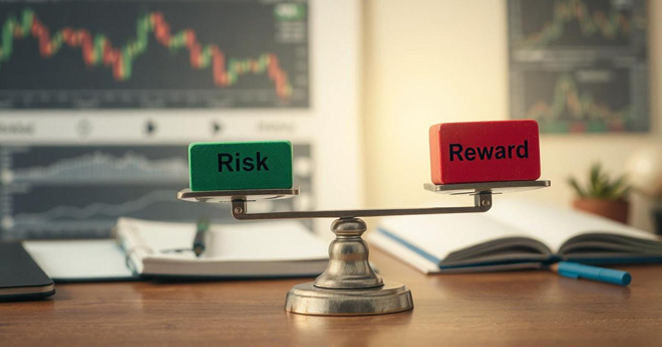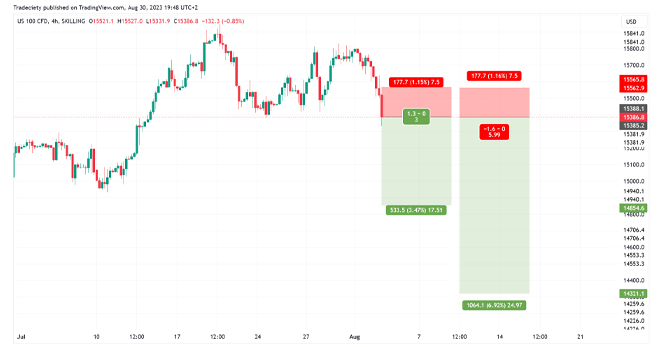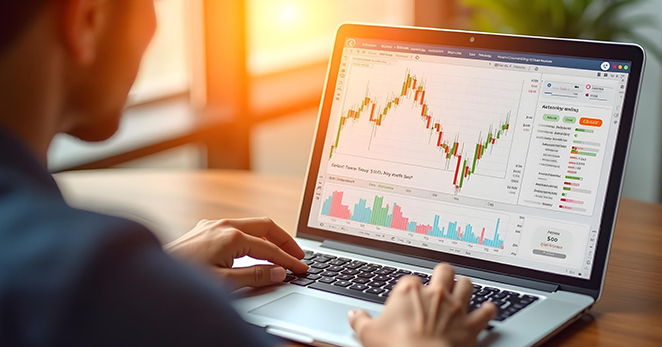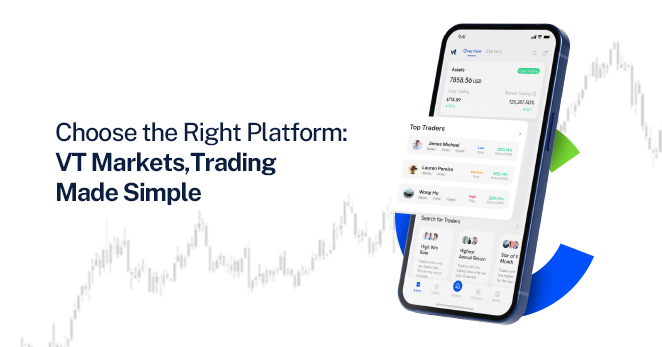
People often become fixated on strategies, indicators, and timing in the market when it comes to trading. But one of the simplest tools, yet arguably the most powerful, is frequently overlooked: the risk/reward ratio. If you’re serious about growing as a trader, understanding and applying this concept could be a game-changer.
What is the risk-reward ratio?

The risk-reward ratio (R/R ratio) is a way of assessing the expected return on a trade per unit of risk. As a trader or investor, you’d typically use the monetary amount you stand to lose as the risk input and your expected profit as the reward. So, if you risk $100 and expect to make $300, your R/R ratio will be 1:3 or 0.33.
The risk is calculated as the difference between your entry point and stop-loss, while the reward is the difference between your entry point and take profit.
Why is the risk-reward ratio important?

The risk-reward ratio helps investors and traders evaluate the potential return of an investment relative to the risk taken. The following key reasons show its significance:
- Informed decision-making. Investors use risk-reward ratios to help them determine which investments to make. Specifically, investors use the risk-reward ratio to determine the viability of a given investment. The risk-reward ratio can also help investors measure one potential investment against another, comparing the amount of risk they assume for each investment against each investment’s expected returns.
- Profitability potential. A favorable risk-reward ratio can lead to profitability even if the win rate is low. For example, if a trader has a risk-reward ratio of 1:3, they can still be profitable by winning only 1 out of 4 trades, provided their average profit per trade exceeds their average loss.
- Strategic planning. By analyzing the risk-reward ratio, traders can develop strategies that align with their financial objectives. For instance, an investor seeking a 1:5 risk-reward ratio would adjust their successful trading strategy to achieve that balance, which can lead to more disciplined trading practices.
- Risk management. Understanding the risk-reward ratio is crucial for effective risk management. It enables traders to set appropriate stop-loss orders and take-profit levels, ensuring they can manage their exposure to losses while maximizing potential gains.
- Consistency. By focusing on risk-reward ratios, investors can maintain a disciplined approach to trading and investing, avoiding impulsive decisions based on emotions.
The Magic of a Favorable Ratio

A good risk/reward ratio helps you:
- Filter bad trades: If the reward isn’t worth the risk, it’s an easy pass.
- Stay emotionally grounded: Predefined exits reduce panic and impulsive decisions.
- Build consistency: Over time, favorable ratios lead to steady account growth.
Many seasoned traders aim for a minimum of 1:2 or 1:3 depending on the strategy and market conditions.
How would it work in real life?
Imagine you buy a stock for $100 and set your stop-loss at $95, which means you’re risking $5 per share. You also set your take-profit at $110, aiming to gain $10 per share. This setup gives you a risk/reward ratio of 1:2.
Now, even if you lose 6 out of 10 trades, the 4 trades that hit your profit target would earn you a total of $40, while the 6 losing trades would only cost you $30. Despite having a 40% win rate, you would still come away with a net profit of $10. This demonstrates that consistent risk/reward planning can help your trading account grow, even when you’re wrong more often than you’re right.
The Takeaway
The risk-reward ratio is a measure of potential profit to potential loss for a given investment or project. Generally, a lower risk-reward ratio is more desirable, as it indicates the potential for greater returns on investment with less risk involved. Conversely, a ratio that is too high may suggest an investment carries excessive risk, while a ratio that is unusually low should also raise concerns. Investors need to consider their own risk tolerance and investment goals when determining the appropriate ratio for their portfolio. Strategies such as diversifying investments, using protective put options, and implementing stop-loss orders can help optimize an investor’s risk-return profile.
Start Trading with VT Markets

VT Markets is a globally recognized, multi-asset broker committed to empowering traders with advanced tools, transparent pricing, and fast execution. Whether you’re a beginner exploring the world of forex or an experienced trader fine-tuning your strategy, VT Markets offers a seamless trading experience through its powerful platforms, real-time market insights, and dedicated customer support. With access to a wide range of instruments, including forex, commodities, indices, and shares, VT Markets ensures you stay ahead of the curve, backed by strong regulation, trusted technology, and a trader-first approach.







